Calima is the evocative local term for the dust storms that occasionally arrive on the Canaries from North Africa. Here’s what you need to know.
A calima is not like the billowing dust storms you’ll see in films. Instead, you’ll notice a haze that blurs the visibility of distant objects. If you can’t see the horizon of the sea, there’s probably a calima, and if you can’t see the volcanoes, it’s a heavy one.
Lanzarote lies at about 4 o’ clock on the Azores anticyclone, a huge clockwise weather pattern in the mid-Atlantic, and the usual wind on the island, known as the alisio, is north or north-easterly.
However, sometimes this pattern is interrupted by air movements from the east and south, coming from the Sahara Desert. This is what causes calimas. Experts suspect that their frequency is increasing due to climate change, and, although they happen all year round, the heaviest calimas in recent years have taken place in winter and early spring.
The Canarian Government issues calima warnings when they occur, which can range from yellow (the lowest level) to red (the highest). As calimas are often accompanied by hot air, these may arrive with heat warnings.
Calimas can cause problems for people with respiratory problems, and other vulnerable people such as children, the elderly and pregnant women. During calimas, these groups are usually advised to stay indoors and keep doors and windows closed.
If you do have to head outside during a calima, health officials recommend wearing a face mask.


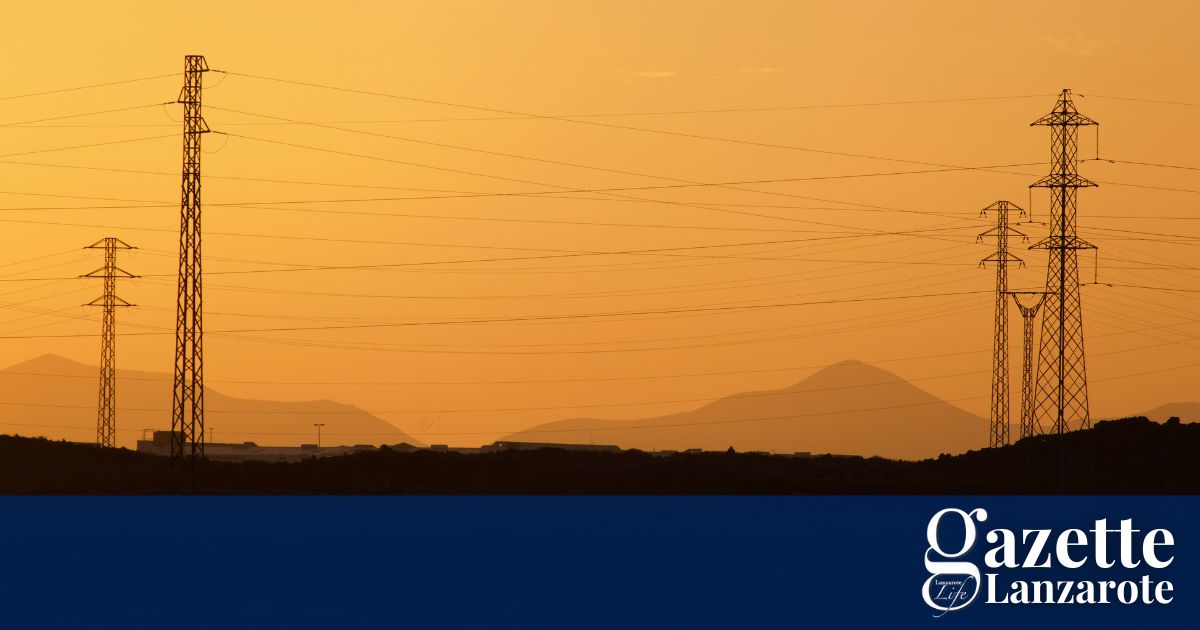

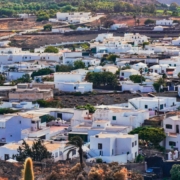
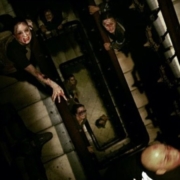
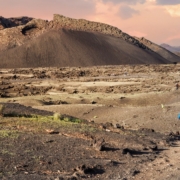

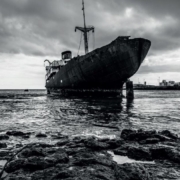


Leave a Reply
Want to join the discussion?Feel free to contribute!